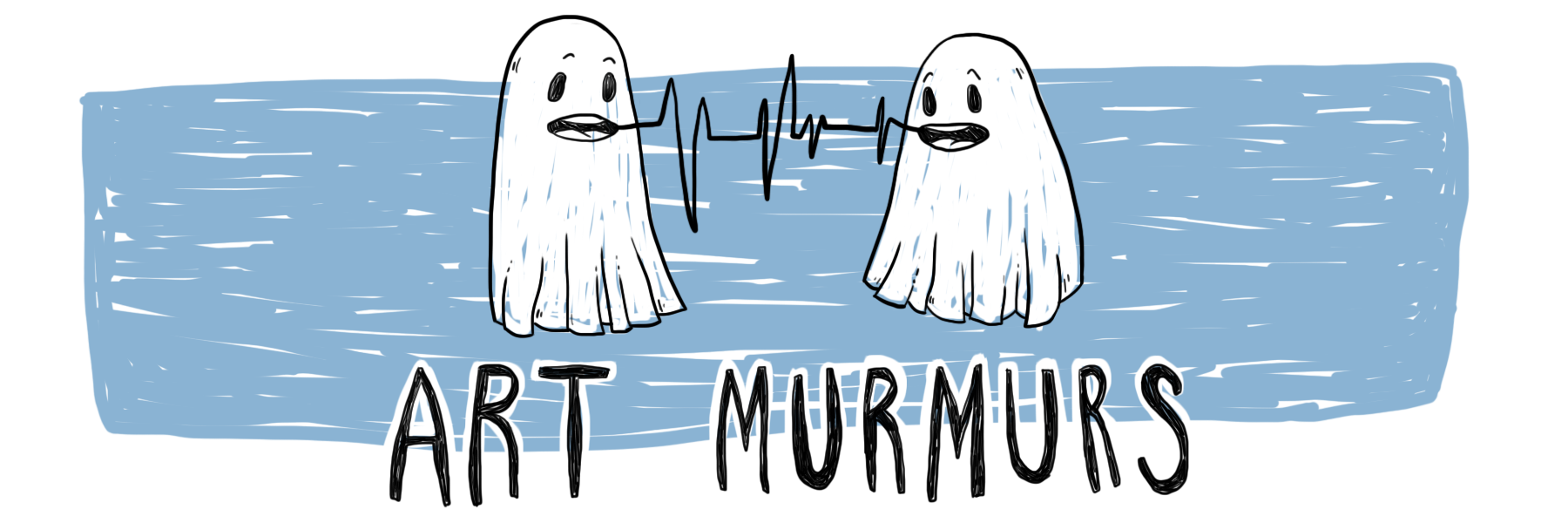Corey Spence
The comedy in Wilson’s script is superb. It weaves its way into the story and world usually through dad jokes when Amy (Adeline Shaddick) and Kenneth (Matthew Staijen-Leach) are in discourse; Kenneth almost falls, stunned that his daughter doesn’t have time for the music he’s playing, and so suggests something more blues to fit in with her mood. Others are music-based puns and one-liners that leave an erupting chortle from the audience members; one of my favourites comes from egotistical Marcus (Ben Ashby): “I’m so sick of playing songs in C major”. Wilson’s comedy is a starting point for his critique on artistic integrity and what it means to be an artist; when the band discusses the music they create, and Marcus interjects to remind them that the band is “above genre” because it limits Marcus and his creativity. The critique becomes more apparent as the story unfolds and the ‘b(r)and’ becomes less obsessed about the friendship and the music, and more about the exposure.
Aside from the stellar comedy, the highlight of this production is its glorious and fervent performers. Ben Ashby plays Marcus, the self-serving and pompous frontman, who Ashby grounds in his varied performance, making Marcus a symphony of ego, stress, and ambition, rather than a single note. Isaac Thomas is Paul, the quiet and flannel-wearing keyboardist who receives much antagonism from Marcus and Jess for his unoriginality in how much he looks like Ed Sheeran. Thomas dives into Paul’s insecurities and reserved nature, and makes the moments he breaks from these to snapback at his fellow bandmates moments we rally with him from the seating blocks. Ingrid Saker brings an earnest quality to punk-rock Jess, the drummer that can’t drum and knows it. She’s brash and sabre-like in her movements and conversations throughout most the play, but offers her audience vulnerable moments that make Jess feel more whole, more human, than most of her bandmates. Adeline Shaddick’s Amy is a brittle yet outspoken, one who wears an unnecessary amount of layers and denim even in the hottest of weather. Shaddick shows Amy’s fierceness as she lasers in on calling Marcus out for his ego. Shaddick also ensures her audience sympathises with Amy’s feelings surrounding the commercial they’ve been commissioned to write the jingle for, thanks to the nervous gestures and twitches she gives Amy in moments of extreme pressure.
Matthew Staijen-Leach is the power chord of this performance. He tries his hand at multiple characters, including Kenneth, father of Amy and loyal fan, Sam, ex-bandmate and successful musician, and a part-time uber driver, part-time inspiring cover artist. He’s a commanding force no matter what character he’s in at the time, but Kenneth is his best example. His two clear-cut modes, fun dad and work dad, are distinctive; fun dad is sloppy and fun-loving in his sliding strides to his armchair, while work dad plants his feet firmly with every step and stands in a posture that’s both attentive and the definition of serious. In fact, the characterisation is so distinct, until we hear the name, I’m convinced they’re two separate entities.
While I’m entertained by the characters’ quirks and casts’ performance, Amy’s fidgeting and predisposition to wear several thick layers of clothing and how Marcus always finds time to lose himself in a ego-filled “I’m surrounded by idiots” speeches being key examples, the character development throughout the story for each character seems invisible to the audience. At one moment, we have Kenneth as the charismatic, rock-loving, sweetheart of a father to Amy; the next, he’s cold, calculated, and distant. There’s no insight for us to indulge in to learn how Kenneth switches between these two extremes or becomes more business partner than father, besides the fact he’s given his daughter’s band a job opportunity and he’s dressed in a business suit. This is not enough to justify the stark change. Again, the multiple characters Staijen-Leach plays exacerbates the issue. Until we hear names being called, we’ve no idea that the business attire man is still Kenneth, or that a velvet jacket means he’s playing Sam now. There doesn’t seem to be a clear decision behind why Staijen-Leach is playing three different characters either; it seems a practical choice rather than a creative one, and because of it, we’re left confused until we catch on, which disservices the story.
Another example is Paul, who is regularly seen as the nice guy of the band who initially seems fond of Amy. This encourages Amy to confide in him about how Amy feels about the commercial for which they’re they’re writing the jingle. Suddenly near the play’s end, for no apparent reason, he turns antagonistic, mocking and chastising for Amy for her feelings towards the jingle’s hidden concept. While I’m not arguing Paul isn’t allowed to feel this way, we don’t get to see the process behind this change: he’s nice one moment and a dick the next. And this leaves the audiences confused, unsure about how Paul reaches his newfound ‘douchedom’. With no time spent showing the audience how the characters develop, it feels as if the cast is playing different characters throughout rather than singular characters that gradually change and evolve.
The story of Satisfied Customers suffers from a lack of coherency and the story itself seems to jump around, skipping scenes. It’s premise is easy to follow and laid out for the audience with ease: the band is failing, so a parent of one of the members has contracted the band to create a jingle for an advertisement for his life insurance business. The backstory surrounding the band is also relatively clear, although, we do receive knowledge of any antecedent action about a quarter of the way through, when ex-bandmate Sam enters and yells through an exposition dump where he causally yet methodically rips into his ex-bandmates. I feel uncomfortable in this segment’s execution. Sam only feels necessary in terms of getting out information that the audience needs to know to follow along despite his past ties to the band, and his unbridled and sudden hostility comes across unearned, since we aren’t given enough details about Sam before this moment to understand his aggression or hatred. The decision to have Staijen-Leach play Sam doesn’t aid the situation: Sam and businessman Kenneth feel very similar at first, and it takes me a while to catch on. The change of costume is not distinctive enough since Kenneth already has two costumes for his different ‘modes’.
I grow confused as I watch – almost as though the presented scenes have been ‘cherry picked’, with several explaining how the plot develops in a particular manner or how a character reaches their conclusions. This interrupts the flow of the narrative because the play doesn’t feel like it’s meant to be as episodic as it comes across. And because of this, we also miss out on closure when it comes the narratives of each individual character: it foregoes how the characters reach their destination to promote the destination itself. At the end of opening night’s performance, there was an elongated pause following the show’s conclusion because the audience wasn’t sure if the play had concluded. From this, one can deduce that the audience is leaving with some unanswered questions and some unsatisfying answers.
Michael Trigg spearheaded the production’s set design, and with it, he gives a transformative quality to the stage that helps hold the audience’s engagement. I’m enamoured by how a part of the wall unfolds and detaches to reveal the uber driver scene, where Marcus hatches his scheme for the jingle. So enamoured in fact, I wish this panel or transformation was used more. There’s great value in its initial use, but it also feels a waste only to use it once, in both stage presentation and as a literal narrative vehicle. Isaac Thomas was also in charge of the show’s music design. The music choice and composition melds perfectly into the show’s aesthetic. We’ve got the angsty, ‘about an ex’, references cigarettes love song you’d expect from a young band that’s “above genre”, and a beautiful classical number shared by Amy and Paul later in the show. It’s just as chaotic or just as orderly as the show feels.
In terms of its comedy, there’s little to fault with Satisfied Customers – from the bandmate banter, the drop-dead dad jokes, and the plethora of music puns, the show guaranteed a laugh. However, as is, Satisfied Customers didn’t feel ready. With missing plot points, unclear character development, confusing conventions, and unfinished character narratives, it’s difficult to digest and immerse yourself in the story and the characters completely. These issues pull you back from an otherwise entertaining world.
Please note: The original publishing of this review contained incorrect information surrounding the playwright’s previous work. The appropriate changes have since been made to rectify this oversight. Art Murmurs and the review’s author extend their deepest apologies to Ben Wilson and the team behind Satisfied Customers for the error.






